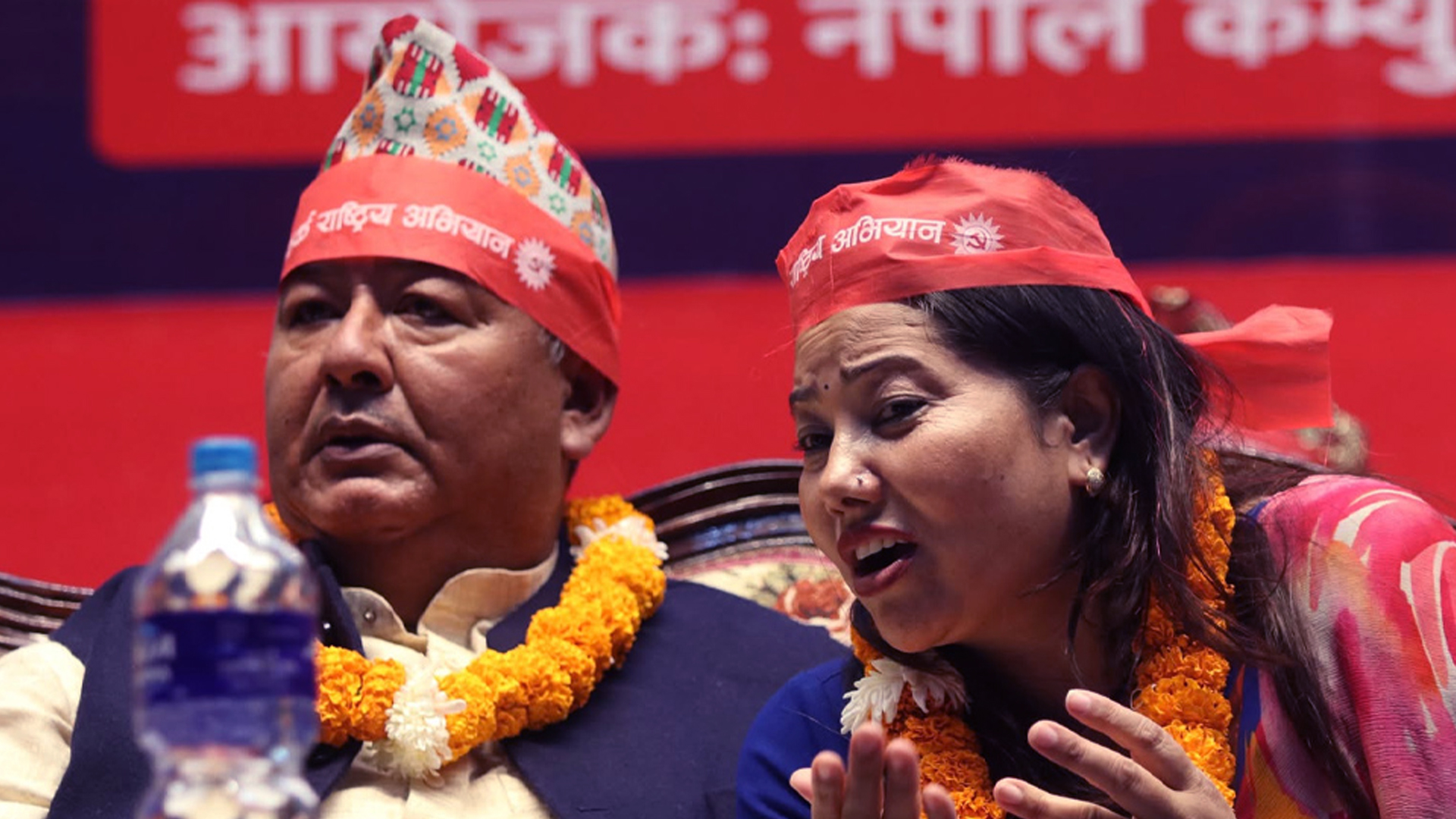 २०७७ माघ ६
२०७७ माघ ६
The technology that will make an impact in few decades has arrived. Those are not artificial intelligence, robotics, or supercomputers. It is the underlying technology used in digital currency like Bitcoin. It is called “Blockchain”, the next generation of the Internet.
Before I jump into Blockchain, all of you must be familiar with the term Ledger. So, what is a Ledger? Every business has different expenses and ways of earning income, just as you have bills to pay and income streams. You might record these events as they occur in your life in your check register. In the same way, a business records all of their financial transactions in their financial books. Each of the transactions with a small or large amount is a ledger.
Now, let us get a bit deeper. Suppose, if two employees of a company have to collaborate to make changes in the ledger, Employee X sends the file to Employee Y and asks him/her to make revisions. The problem is, employee X cannot see or make changes until employee Y returns the files. The file is locked out of editing until Mr. Y finalizes it. That is how databases work today. Two people cannot be messing with the same record at once. That is how banks maintain account balances and transfers; they briefly lock access or decrease the account balance while making a transfer, then they update it later.
Now you may say, with Google Docs (or Google Sheets), both parties have access to the same document, and the single version of that document is always visible to both of them. YES, it is like a shared ledger, but it is a shared document. The Google Docs file also automatically keeps a clean record of who contributed to changes, what and when changes were, tracing back to genesis, or say beginning of the file. How is this possible? Because the Google Doc has a digital address that is native to the cloud, not one native to your local hard drive. Google doc is to Microsoft Word what Blockchain is to a traditional ledger system.
Let us get deep into Blockchain:
As you all are aware, in 2008 we had a financial crisis. Deliberately or unplanned, an anonymous person or a group of people in the name of Satoshi Nakamoto published a paper or Bitcoin protocol in November 2008, after the Financial crisis. This cryptocurrency enabled people to trust and do transactions peer to peer without the third party or the middlemen. This disruption brought Bitcoin into the spotlight. But let us forget about Bitcoin for now and look at the underlying technology called ‘Blockchain’.
Blockchain technology is a decentralized database that stores a registry of assets and transactions across the peer-to-peer network. It is the public registry of who owns what and who transacts what. The transactions done are secured through cryptography, and over time the transaction history gets locked in blocks of data that are then cryptographically linked together and secured. It creates an immutable unforgeable record of all transactions across this network. This transaction is replicated on every computer that uses this record.
To make it clear, you can compare it with Wikipedia. You can see the contents and the editors. You can also track those changes made. It is an open platform that stores words, images, and the changes of data over time. On the Blockchain, you can think of it as an open-infrastructure that stores many kinds of assets. It has a history of custodianship, ownership, digital assets, land title, certificate, contracts, or even personal information.
How many of you know how the Internet works, but you use it every day? So, will be the Blockchain.




